From Kotov to Dvoretsky
The first mention in chess literature to the Candidate Moves Technique (from now on referred to as “CM”) reports to the classic “Think Like a Grandmaster”, by Alexander Kotov. The book, written in the beginning of the 50s (I have an 1974 edition in Spanish, which my dad acquired in 1977), owes its fame mainly to the chapter in which the Russian Grandmaster explains his technique to calculate correctly. According to Kotov, amateurs calculate going back and forth in the same variations, without getting to any conclusion in most of the cases.
In short, his recommendation to calculate correctly was to use the CM to create an “analysis tree”, more or less like this: a) select all the interesting moves in a given position; b) calculate them in an orderly fashion, without ever coming back to the beginning of the line; c) do the same for the opponent; d) draw conclusions for all the lines.
So, depending on the position, the analysis tree can be composed of only one branch (forced variation) or have many ramifications (positions with many CMs). I remember having read every detail of this chapter of the book, including trying to draw the analysis tree for each exercise.
But Kotov’s view was very strict and no grandmaster calculates this way. Anyway, the concept is very useful to find ideas in positions with a lot of possibilities. Kotov’s idea ended up being revised and improved by authors like Dvoretsky and Aagard.
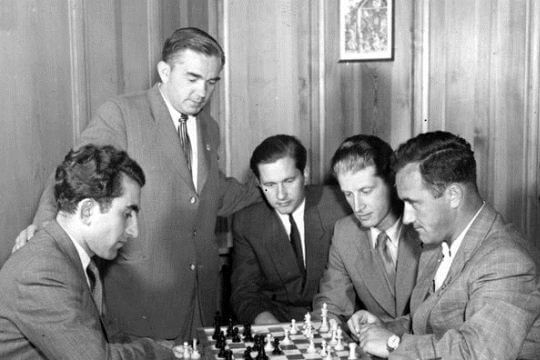
In the picture: Petrosian, Kotov, Keres, Averbakh and Geller.
How to Actually Use the Candidate Moves Tecnhique?
The best way to calculate, in my opinion, is the one recommended by John Nunn in his book “Secrets of Practical Chess”. First we should take a “quick scan” of the position, analyzing the most tempting moves and the most forced lines. At this moment we should not worry about a meticulous list of candidates. In many cases, when the position is not that complex, this quick scan will already be enough to find the best move. In the most complicated cases, after the quick analysis of the most forced variations, we should go back to the initial position of the analysis and, using the ideas studied in the quick scan, make a meticulous list of the candidate moves.
Curiously, Kotov himself misses many CM in his analysis, as we will see. Nevertheless I must do him justice: in his time there were no computers to check the lines.
I offer to the readers one of the most interesting examples of this historic chapter of “Think Like a Grandmaster”. For the training to have the desired effect, I suggest that you analyze how you would play in all three positions of the diagrams. Try to use the suggested quick scan + candidate moves technique.
Set 15 minutes in the timer and try to analyze the position. As the time is up (or before that) decide which move to play, even if you have not analyzed enough. This method is important to practice decision taking and intuition.
24.Nd8 ?
Flohr has a winning position, but ruins everything when it comes to calculating.
24.b5 !! Is the move suggested by Kotov. However, curiously, it is not the only way to win (not even the strongest). We will see that one of my ideas of the main line can be immediately used. Moreover, that is a disadvantage of the strict method proposed by the Russian author. The fact of “not allowing” to come back in the variations prevents an idea discovered during an analysis to be applied in a previously studied line.
24…Bxb5 25.Nxg7 ! This is the fundamental idea of the position.
25…Kxg7
(25…Bxc4 26.Nf5 ! now the white wins in all the variations. But the surprises in Kotov’s analysis are not over yet. (26.Nh5 is another interesting candidate, not analyzed by Kotov. 26…Nxh5 27.Rg5+ Qg6 (27…Kf8 28.Qa3+) 28.Rxg6+ hxg6+ 29.Rxc4 and white should win.) 26…Qa4 !
The best defence. How to play with white now?
(26…Kh8 27.Rxc4 Qxc4 28.Re8+) (26…Rc7 27.Rg4+ Kh8 28.Rxc4 Qxc4 29.Re8+) (26…Qc7 27.Rg4+ Kh8 28.Re8+ +-)
27.Re8+ ? This is Kotov’s main line, but it contains a miscalculation.
(27.h3 !! +- is a subtle move, allowing some “air” to the king. Whites’ attack is irresistible.)
27…Rxe8 28.Rg4+ Kf8 29.Qxf6
Here ends Kotov’s analysis. Can you find out how black maintains the balance?
29…Qd1+ 30.Kf2 Qc2+ 31.Kg3 Qxf5 ! 32.Qxf5 Be6 = and the match ends in a draw.)
26.Rg4+ Kf8
(26…Kh6 27.Reg5 !) (26…Kh8 27.Rxb5 Rg8 28.Rxg8+ Kxg8 29.Rg5+ Kh8 30.Rf5 Kg7 31.g4 ±) (26…Nxg4 27.Rg5+ Kf8 28.Qg7+ Ke7 29.Qxf7+ Kd6 30.Qf4+ +−)
27.Qb4+ +−)
But that’s not the end. White could play differently in the initial position:
24.Nxg7 !
After analyzing the variation with 24.b5, it would be possible to go back to the initial position and question if the idea with 24.Nxg7 would not be immediately possible. This is the correct form of calculating! Kotov does not analyze this move.
24…Bxc4
(24…Kxg7 25.b5 ! Bxb5 26.Rxb5 Qxb5 27.Rg4+ Kf8 28.Qxf6 +− Rxc4 29.Qd6+ Ke8 30.Rg8#)
25.Nf5 +− and white wins in all the lines.)
24…Qc7 25.Rg4 ?
The critical mistake. It would still be possible to maintain the balance. (25.Bxf7+ Qxf7 26.Qxc8 Rxc8 27.Nxf7 Kxf7=) (25.Nc6 Qxc6 26.Rd8+ Rxd8 27.Bxf7+ Kxf7 28.Qxc6)
25…Qxd8 -+ 26.Reg5 Qd1+ 27.Kf2 Nxg4+ 28.Rxg4 g6 29.Bxf7+ Kxf7 30.Rf4+ Kg8 31.Qf6 Qd7 0-1
Share this article in the social media!

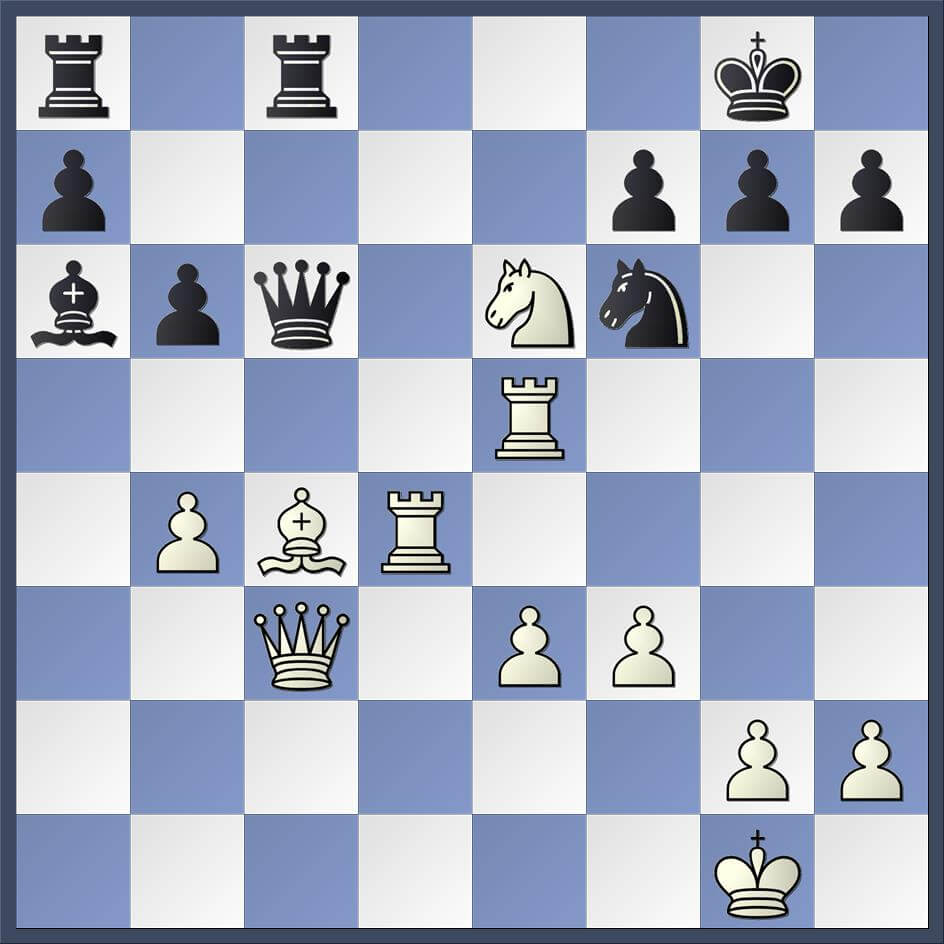
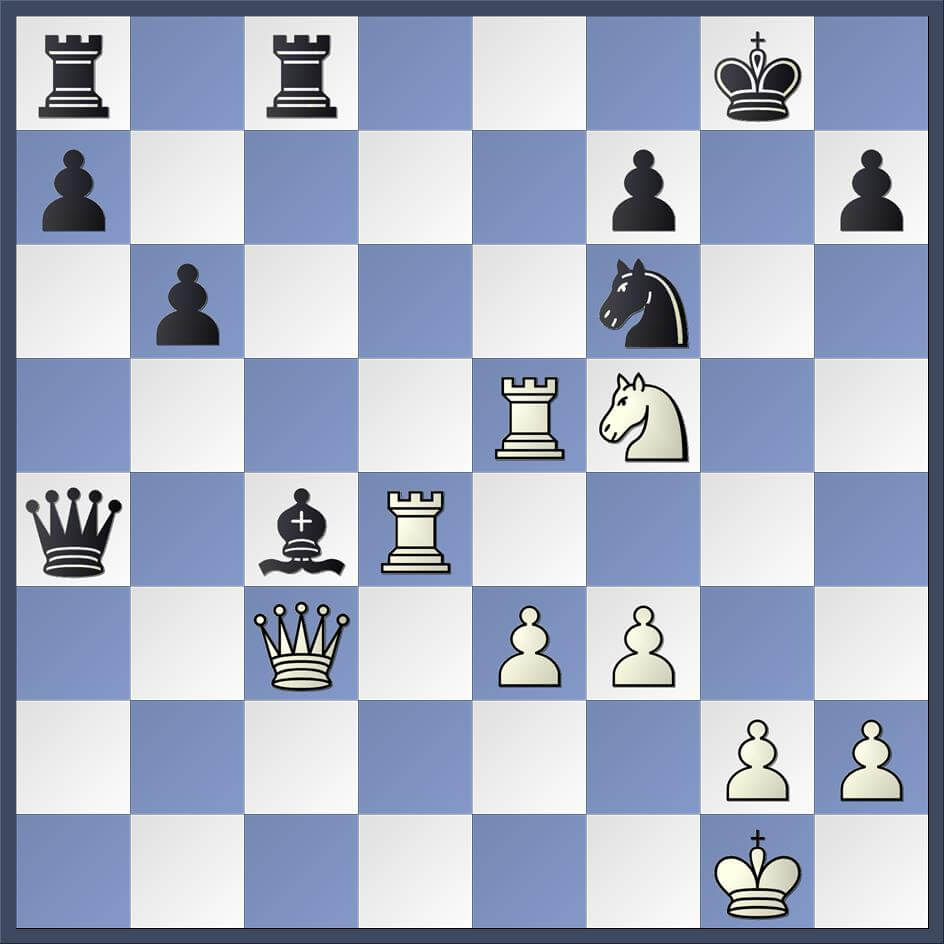
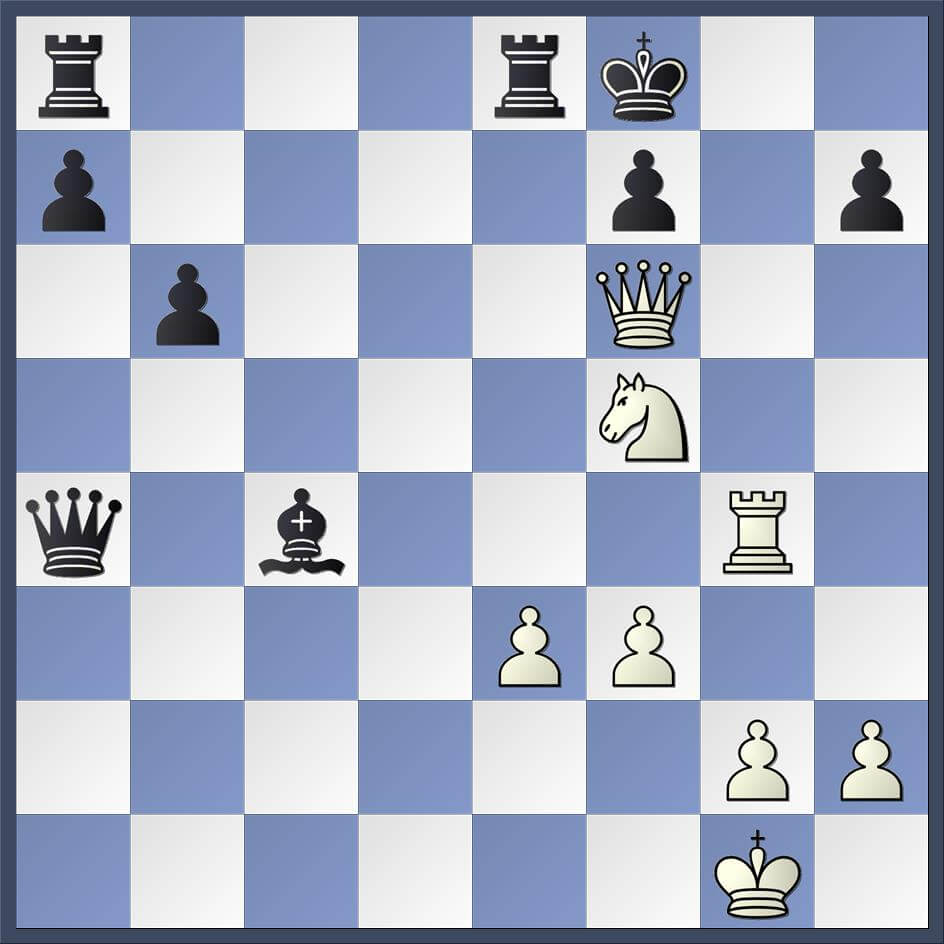



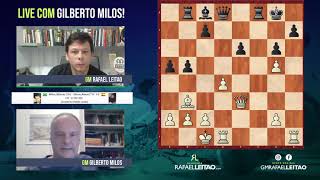


I don't know how old your article is but I just opened the Kotov book in this position this morning and found the exact critique you give with the simple help of a mobile phone computer! How times have changed!
I checked online to see if anybody else had found it it and came to your article. Thanks.
Thanks for your feedback. This article is more or less 2 years old. Kotov's Candidate Moves idea is really important, but as you can see chess is too difficult and we won't be able to find a magic solution to calculation problems. But we can get better on it if we apply the good parts of Kotov's technique, but please never draw a tree of analysis (as I did in my childhood). And yes, how times have changed! A mobile phone can refute many analysis even from the greatest books of the past...